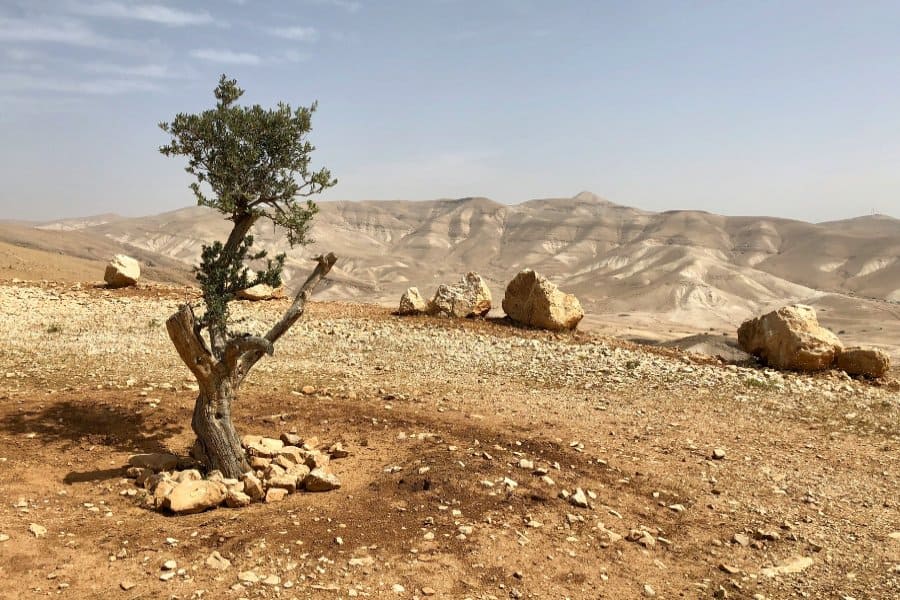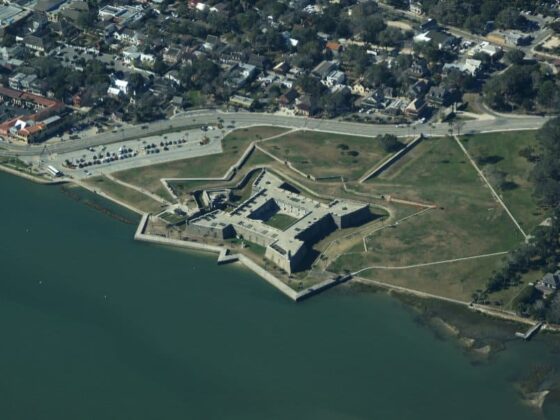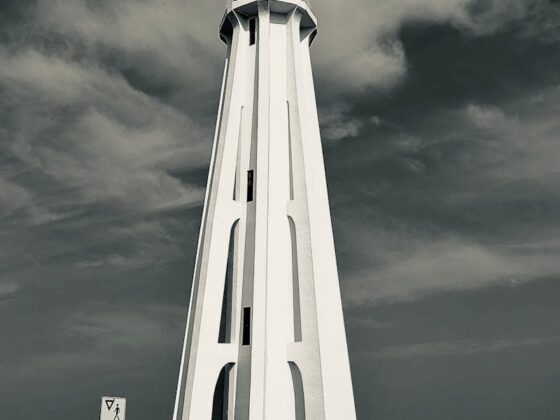Jericho, nestled in the Jordan Valley, carries the mystique of being one of the oldest continuously inhabited cities on Earth. This ancient city, with its layers of history buried beneath the earth, sparks a fascinating debate among historians, archaeologists, and scholars: Is Jericho truly the oldest city in the world? The quest to crown the world’s most ancient urban settlement is fraught with challenges, from deciphering archaeological evidence to defining what constitutes a city through the ages. This article delves into the rich tapestry of Jericho’s past, comparing it with other age-old cities to explore its claim to this prestigious title. Through examining archaeological discoveries, historical documentation, and the cultural significance of Jericho, we aim to shed light on its place in the annals of human civilization and the complex journey to uncovering the roots of urban life.
Is Jericho the oldest city in the world?
Is Jericho the oldest city in the world? This question taps into the intriguing journey through time to uncover the roots of urban civilization. With its deep historical layers dating back to the 10th millennium BCE, Jericho presents a compelling case. However, determining the “oldest” city involves navigating through a maze of archaeological evidence, continuous habitation criteria, and historical documentation. While Jericho is undoubtedly ancient, other cities like Çatalhöyük, Byblos, Damascus, and Aleppo also vie for this title. The answer is not straightforward and hinges on how we define “oldest” and “city” in the context of human history.
Historical Background of Jericho
Jericho, often cited as one of the oldest continuously inhabited cities in the world, boasts a rich and complex history that spans more than 10,000 years. Located in the Jordan Valley, within the West Bank, near the Jordan River, Jericho’s historical significance is unparalleled, serving as a testament to the ingenuity and resilience of its inhabitants through millennia.
Prehistoric Beginnings
The earliest evidence of settlement in Jericho dates back to the 10th millennium BCE, during the Pre-Pottery Neolithic period. This era saw the construction of some of the earliest known human structures, including massive stone walls and towers, indicating a settled community with sophisticated architectural skills and social organization.
Ancient Urbanization
By the 9th millennium BCE, Jericho had evolved into a significant Neolithic settlement. The construction of a large stone wall, a ditch, and a stone tower suggests that Jericho was already an organized community with defensive capabilities, possibly against floods or enemies.
Bronze Age Prosperity
Jericho reached new heights of prosperity during the Bronze Age, around 3000 to 1900 BCE. It became an important center in the Near East, benefiting from its strategic location on trade routes connecting Egypt and Mesopotamia. The city was fortified with walls and a moat, reflecting its economic and strategic importance.
Biblical Significance
Jericho holds a prominent place in biblical history, most famously as the site of the Battle of Jericho in the Book of Joshua, where the city’s walls are said to have fallen after Joshua’s army marched around them for seven days, blowing their trumpets. While archaeological evidence supporting this specific event is debated, the city’s mention in the Hebrew Bible underscores its cultural and historical significance.
Persian and Hellenistic Periods
Jericho served as a regional center under Persian rule (539-332 BCE). Following Alexander the Great’s conquests during the Hellenistic period, the city saw a blend of cultures and influences, further enriching its historical tapestry.
Roman Era and Beyond
The Roman conquest of the Levant brought new architectural developments to Jericho, including aqueducts, palaces, and baths, showcasing the city’s continued importance through the ages. In the Byzantine period, Jericho was known for its monasteries and as a Christian pilgrimage site.
Modern Era
Today, Jericho is recognized for its archaeological significance and as a symbol of ancient urbanization. Ongoing excavations reveal its past, offering insights into early human settlement patterns, architectural practices, and social organization.
Evidence Of Ancient Civilizations In Jericho
Jericho’s archaeological record is a treasure trove of evidence showcasing the presence and evolution of ancient civilizations over millennia. This evidence, unearthed through extensive excavations, provides a glimpse into its inhabitants’ life, culture, and architectural advancements.
Pre-Pottery Neolithic A (PPNA) Settlements: The most compelling evidence of early civilization in Jericho is from the PPNA period, around 9600 BCE. Archaeologists discovered remains of one of the world’s earliest known stone fortifications and a tower at Tell es-Sultan, the ancient site of Jericho. These structures suggest a highly organized society with advanced construction techniques and social structures.
Agricultural Development: The Neolithic period in Jericho is marked by the emergence of agriculture as a staple of human life. Evidence of domesticated plants and animals indicates a shift from nomadic to settled lifestyles, laying the groundwork for urban development.
The Wall and Tower: Perhaps the most famous archaeological find in Jericho is the ancient wall and a conical tower dating back to the 8th millennium BCE. These structures are among the earliest examples of urban fortification, signifying the importance of defense and community organization in Neolithic societies.
Bronze Age Prosperity: Jericho became a vibrant urban center during the Bronze Age. Excavations have uncovered extensive fortifications, including a massive wall and ditch, dating back to around 2600 BCE. These fortifications suggest that Jericho was an important and protected city, likely due to its strategic location and agricultural productivity.
Tombs and Burial Practices: Numerous tombs from various periods have been found in and around Jericho, providing insight into the religious beliefs, social structures, and burial practices of its inhabitants. The discovery of elaborate burial goods, including pottery, jewelry, and other artifacts, indicates a belief in an afterlife and the social status of individuals within the community.
Artifacts and Pottery: The excavation of Jericho has yielded a wealth of artifacts, including pottery, figurines, and tools, which illustrate the daily life, trade, and cultural practices of its people. Pottery styles from different periods indicate trade connections with neighboring regions and the evolution of artistic expression over time.
Biblical Connections: While direct evidence linking biblical accounts to archaeological findings in Jericho is debated among scholars, the city’s mention in the Hebrew Bible as a site of ancient battles and events highlights its significance in the region’s cultural and religious history.
Hydraulic Engineering: Evidence of sophisticated water management systems, including wells and aqueducts, points to advanced hydraulic engineering and the importance of water in sustaining the city’s population and agriculture.
Jericho In Comparison To Other Ancient Cities
When considering Jericho’s claim as the oldest continuously inhabited city, it’s essential to compare it with other ancient cities, each with its rich history and claim to antiquity. This comparison hinges on various factors, including archaeological evidence, continuity of habitation, and historical significance.
- Çatalhöyük, Turkey: Often cited as one of the earliest urban settlements, Çatalhöyük dates back to approximately 7500 BCE. While it showcases early examples of residential architecture and religious artifacts, its timeline of continuous habitation does not match that of Jericho. Çatalhöyük’s significance lies more in its insights into Neolithic lifestyles than its status as a continuously inhabited city.
- Byblos, Lebanon: Byblos is another strong contender for the title of the oldest continuously inhabited city, with evidence of habitation dating back to around 5000 BCE. Byblos surpasses Jericho in terms of its historical documentation through ancient texts and its continuous role in Mediterranean trade, particularly in the early development of the alphabet. However, Jericho’s earlier Neolithic settlements provide a deeper archaeological timeframe of urban development.
- Damascus, Syria: Damascus presents a compelling case with its rich historical layers and strategic importance throughout history, particularly in the Islamic era. While its foundation dates are subject to debate, it is often cited as one of the oldest continuously inhabited cities. Damascus’s urban fabric and historical significance through different empires provide a different context of continuity compared to Jericho’s more ancient but less documented beginnings.
- Aleppo, Syria: Like Damascus, Aleppo boasts a long history of habitation, influenced by its strategic location on trade routes. Its history stretches back to at least the 3rd millennium BCE, making it one of the oldest continuously inhabited cities. Aleppo’s rich cultural heritage, evident in its ancient citadel, mosques, and madrasas, reflects a blend of civilizations, though its oldest layers are younger than those found in Jericho.
- Criteria for Comparison: The main criteria for comparing these cities include the archaeological evidence of early habitation, the continuity of settlement, and the city’s historical and cultural significance over time. Jericho’s early Neolithic structures and evidence of continuous habitation give it a unique position, but cities like Byblos and Damascus bring rich historical narratives and cultural continuities into the equation.
- Challenges in Comparison: One of the main challenges in comparing these ancient cities is the variation in archaeological practices and interpretations, the preservation of materials over millennia, and the changing criteria for what constitutes a “city” across different eras and cultures.
Bottom Line
The quest to identify the oldest continuously inhabited city in the world reveals a rich tapestry of human history, with Jericho standing as a critical contender due to its extensive archaeological record dating back to the 10th millennium BCE. While Jericho’s early fortifications and evidence of a sustained settlement offer a compelling argument for its ancient status, other cities like Byblos, Damascus, and Aleppo present their unique histories of continuous habitation, enriched by their strategic locations, cultural developments, and historical significance. The comparison underscores the complexity of defining the “oldest” city, dependent on criteria such as the earliest evidence of settlement, continuous habitation, and historical and cultural continuity. Each city, from Jericho to Byblos to Damascus, contributes a distinct chapter to the story of human civilization, highlighting the diverse paths through which urban life has evolved across millennia.










